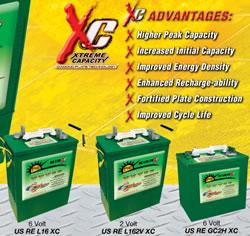California Sets Quarterly Record for Solar PV in Q2'13 as US Adds 976 MW, According to NPD Solarbuzz
The US added 976 megawatts (MW) of new solar photovoltaic (PV) capacity during the second quarter of 2013 (Q2’13), up 24% Q/Q from 788 MW in Q1’13, according to the latest NPD Solarbuzz North America PV Markets Quarterly report.
“In Q2’13, new PV installed in California alone reached 521 MW, which is a new record for PV added by any state in the US for a three-month period and 53% of PV added in the US,” according to Finlay Colville, Vice President at NPD Solarbuzz. “California has added 1.6 GW in the past 12 months, with a further 1.1 GW forecast for the second half of the year.”
During Q2’13, 72% of solar PV installations were ground mounted, with the remaining 28% from residential and commercial rooftops. Utility-based PV projects accounted for 59% of quarterly demand, with the remaining 41% split between commercial and residential installations.
Strong demand continues to come from the ground-mount utility segment. PG&E has recently completed several large-scale projects within California, including the California Valley Solar Ranch, phase three of Topaz Solar, phase two of Antelope Valley Solar Ranch, and Gates Solar Farm. Other large ground-mount projects include the Arizona Public Service Agua Caliente plant and phase one of PG&E’s Copper Mountain Solar 2 in Arizona.
Solar PV demand in the US is forecast to grow 14% Q/Q to 1.04 GW in Q3’13. During 2H’13, Arizona and North Carolina together will add 400 MW and an additional 500 MW will come from New Jersey, New Mexico, New York, and Texas.
Comments (0)
This post does not have any comments. Be the first to leave a comment below.
Featured Product

